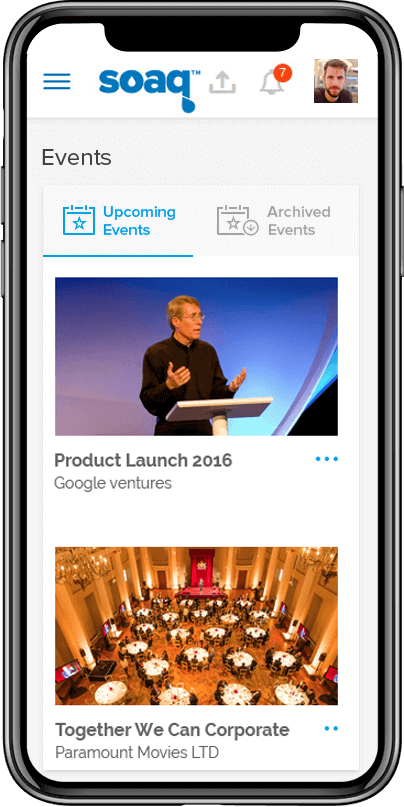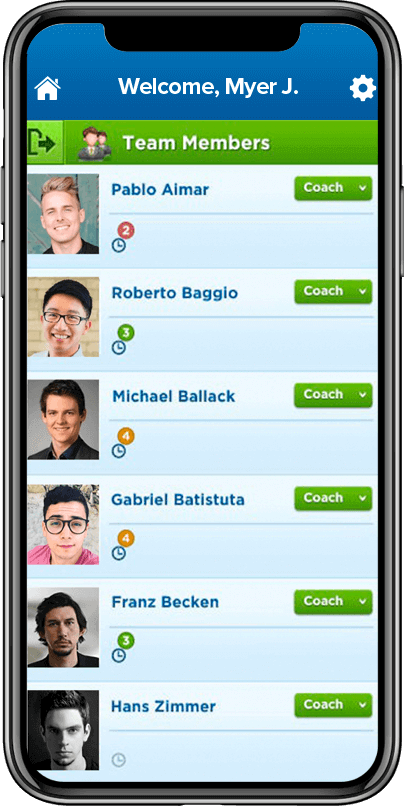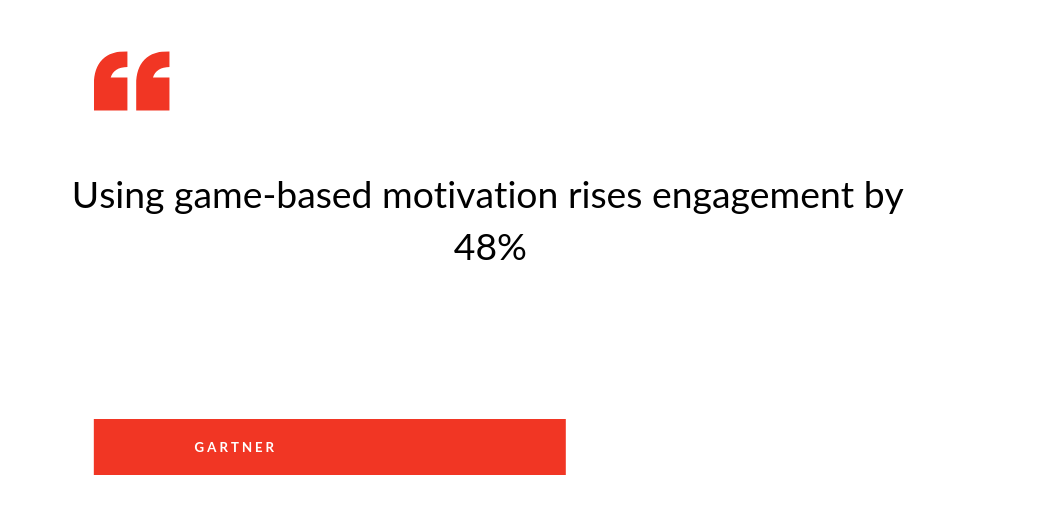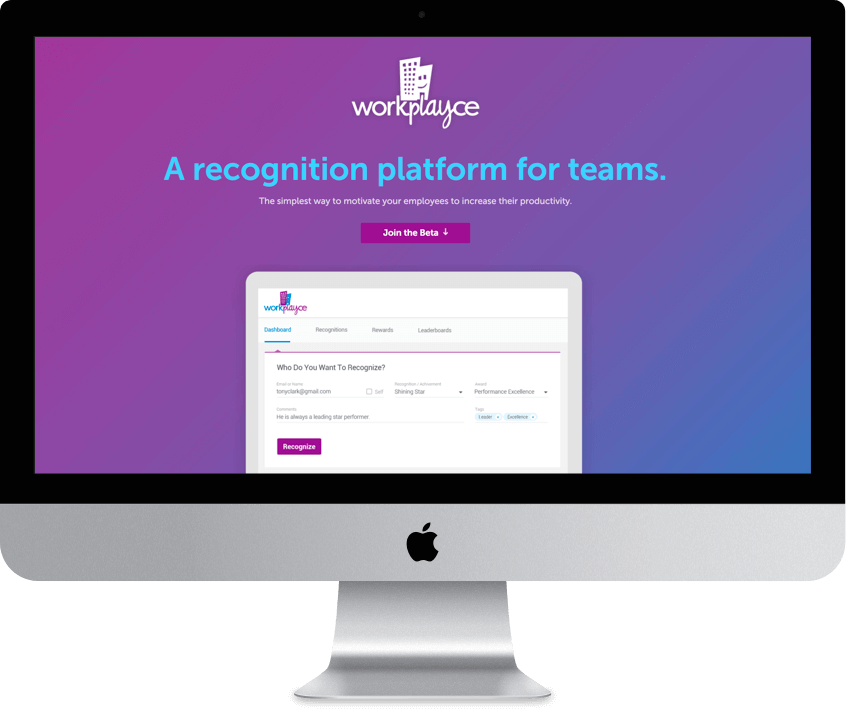A distributed workforce is a workforce that extends beyond the traditional office environment. The concept of a distributed enterprise workforce is on the rise, especially in recent times. The power of the technology brings in the desired flexibility to connect virtually.
But with the physical distance and mismatching time zones, a new problem is rearing its head. How do businesses increase employee engagement & assure their contentment?
There are tangible reasons for doing this. Research highlights the fact that a highly engaged workforce is about 21% more profitable.
What is Employee Engagement & Satisfaction?
Simply put, a satisfied employee means that an individual is happy with their job. On the other side, an engaged employee feels invested and valued within the organization and sometimes goes the extra mile to meet their roles & responsibilities.
When an organization conducts an employee engagement survey and applies the results for workplace satisfaction in a distributed workforce setup, increased productivity and employee retention are the key results.
In her TEDx talk, Claudia Williams refers to how putting employees in the front seat can be the best business strategy for a business:
So, what are the employee engagement strategies while promoting a distributed workforce? Let’s get the ball rolling.
Here are the three best practices to increase your organization’s employee engagement, even in a distributed landscape.
1. Effective Collaboration Among Employees
Medium: Video calls, audio calls, and chats
Open-ended, personal-level, and friendly questions make for a good start in virtual business meetings. Because when an employee jumps straight to talking business, the sense of humanity goes missing, which, in turn, affects the depth of engagement.
Extra efforts to strike a conversation= Extra impact on the quality of workplace engagement
The idea is to train your employees in a way that they learn to show empathy, understanding, and kindness towards their peers. And, the same applies to managers as well.
Example: An enterprise video platform such as Soaq, showcases the power of video at a workplace. The system basically aims to distribute and share knowledge through videos in a distributed business setup.
It was developed with the intent to provide a platform to make learning fun. The interesting features that accounted for Soaq’s success are its dynamic filters and Prediction IO.
On one hand, dynamic filters help filter employees based on location, department, distinctive personalities, and employee role in the organization. And on the other side, Prediction IO helps build a suitable recommendation system.
Outcomes:
- Can be accessed from anywhere and at anytime
- Recommends videos based on employee’s search patterns
- Live streaming of events for its distributed employees
2. Transparency and Clarity in Performance Management
Medium: Holistic dashboards
A manager sitting in Canada, for instance, has no insight into the health of the organization located in Australia. The gap in communication and the distributed workforce system is significantly responsible for this situation.
A way to address this is by getting regular updates on employee feedback. This feedback can be in terms of goal mappings, 360-degree feedback or even direct managerial feedback.
Such critical knowledge then forms the basis of identifying the ongoing issues within the diversified organization’s realm. This brings us to a simple question:
Why restrict your leadership skills to where you are physically available?
Example: A skill assessment solutions such as “Coach” can be the best fit here. The web-based product assists managers with training, tracking performance, and encouraging workforce engagement. The product gets a competitive edge owing to its multi-tenant feature.
The product was deemed to be successful at all levels across a distributed workplace setup. The system not only maintained privacy but also made sure that it was secure at all levels. Be it be banks, pharmaceutical companies or government organizations; Coach is being loved by all.
Outcomes:
- Easy follow-ups and performance tracking on the go
- Keeps upper management informed and updated
- Acts as an effective turnkey performance development platform
3. Effective Project Task Management
Medium: Dashboards
The key to the success of a distributed workforce lies in making everyone feel included. And, who else can do that better than the organization itself?
It is the organization’s job to engage employees across teams in a fun way. As they say, all work and no play makes Jack a dull boy. The same implies to a distributed workspace!
In simple words, the key to productivity is making employees involved and appreciated at all levels. Having gamification platforms can thus positively impact performance, and inculcate a happy culture across the work environment.
Example: A digital platform called “Workplayce” serves as a solution for the needs of employees and organizations alike. The platform includes features such as polling, enterprise-level contests, message exchange system, response metrics, and reward systems that make it stand out in the market.
The solution is a hit with enterprises owing to its ongoing ability to boost productivity and inclusiveness at all levels. It not only adds a sense of belongingness but also makes employees across the organization feel connected.
Outcomes:
- Instigation of motivation and enthusiasm among the employees
- A sense of responsibility that adds on a sense of doing things better
- A great way to educate employees on a larger and a connected platform
How Gamification Can Improve Digital Employee Engagement
Gamification is a scientific and technology-driven process/ method that combines the use of technology in motivating the employees to score points in the game as a personal challenge. The method of gamification involves badges, leader boards, and points for rewards, achievement, and recognition.
Most businesses worldwide would agree that over a period of time even the best of the employees tend to get disengaged with the regular way of doing things. This directly affects productivity.
How and Why Gamification Works Well in Digital Employee Engagement
Gamification does not change the work responsibilities or tasks but adds fun to the way of doing it. When verbal rewards or feedback tend to be ineffective, gamification can pump excitement into a workplace by bringing competition, scores, rewards, and feedback on a single platform for employees. It is often easier said than done that work should be fun. But gamification makes it easy. Take a look at the key advantages/merits of Gamification, as defined by Gamification expert Horst Streck (also known as Gamifier).
- Educate employees fast
- Motivate employees
- Improve involvement of employees
- Optimize internal processes
- Achieve higher conversions
- Create loyal customers
- Reach a higher turnover
Another crucial role that gamification plays is that of consistent and fast feedback for the employees. As Forrester points out that annual or bi-annual performance reviews may soon take a backseat, constant feedback through a mobile experience can be next big thing in successful businesses.
The typical annual or semiannual cadence of performance reviews is not frequent enough to meet the changing pace of business. Praising accomplishments or suggesting improvements based on activity that occurred months ago is of little value in guiding future performance. Today’s millennial employees demand continuous feedback and want more transparent, analytic, and concise feedback delivered via a mobile experience – Forrester
Issues Gamification Can Resolve
Gamification can potentially resolve basic issues circling around employees and employers.
Communication – One great solution to meet the communication gap between the employees is the use of instant messaging. The weekly meetings, client calls and even the communication lingo can be gamified to enhance the communication and generate enthusiasm in the employees.
The communication goals are thus managed well using gamification methods. For instance, the communication goals can be specified for each employee and they can be rated in meeting these goals (during customer interactions or communications within teams) per week. Here, those communicating well or scoring high can be rewarded.
Confidence, trust, and efficiency – A performance reviewing tool (framed under Gamification) can keep track of the specific employees’ performance over a long period of time. Here, the scope for transparency would always remain on the higher side. The employees will have no question on impartial treatments as everything will be assessed on the basis of individual scores-visible to all other competitors. This way, the organizations will also be able to boost productivity as the employees would perform their best with the trust over the evaluation of results.
Training and boosting work culture – Even though the employees located in remote areas have technology at their disposal to remain connected with the organizations, their training and constant exposure to the organization’s work culture remains a challenge. Gamification can paint this picture better by ensuring remote employee engagement through games that bring them on the same platform with the on-board employees.
How to Improve Employee Engagement Through Gamification
One thumb rule for effectively leveraging gamification for improving employee engagement is to ensure that the gamification method resolves specific issues. The solutions derived out of the results should always be in line with the per-defined job functions. Solutions must be designed to meet job goals.
1. Appoint a Digital Employee Engagement Advocate
This point person has to be experienced enough to understand the entire concept of gamification, goals, technology involved in it and the advantages of the exercise. This person should be assigned the responsibility to conceptualize gamification in different work roles within the organizations. He or she should also be the consultant for employees facing difficulties in adapting to the gamification methods.
2. Allow Certification of Employee Engagement Advocate
The point person must be resorted to enough training and certification to meet the requirements of the role. The training and certification should help me brush up his knowledge on various gamification methods and develop an all-round proficiency.
3. Enlist the Employee Issues Where Engagement is Minimum
Gamification should not be adopted randomly in any of the employee issues. Before getting started with the process, it is imperative for the organizations to first identify core areas where the employee engagement rate is less. These issues can become potential platforms for the gamification framework.
4. Include Loss Aversions
In all likelihood, gamification platforms can face non- compliance by employees or many would still take it slow. Then how would you overcome that slow movement or dwindling participation? One way is to ensure that you give the participants the option of losing one prominent score or asset in the game (unless they continue the game).
5. Catch the Nerve of Employees Through Status Elevators
Consistent recognition, the feeling of being better over others in a specific task or even a high reputation is something that delights most employees. If a gamification method brings these gains to them on a regular basis, the purpose of gamification will be served right.
Conclusion
When you start to keep up with the practices mentioned above, you will notice a remarkable change. It is extremely important to ensure the contentment of your people and your employees, before moving on to your customers and clients. The above mentioned benefits of employee engagement are relevant for a business of every size.
You need to share a vision to make your employees feel happier and engaged, irrespective of where they are located.
Let linkage and connectedness impact your business on a positive note!
But, for that, you need to design a custom tool that works efficiently across your scattered workforce. Only then can your business be deemed successful in terms of increased employee engagement & satisfaction.
After all, customers will never love a company until the employees love it first.









